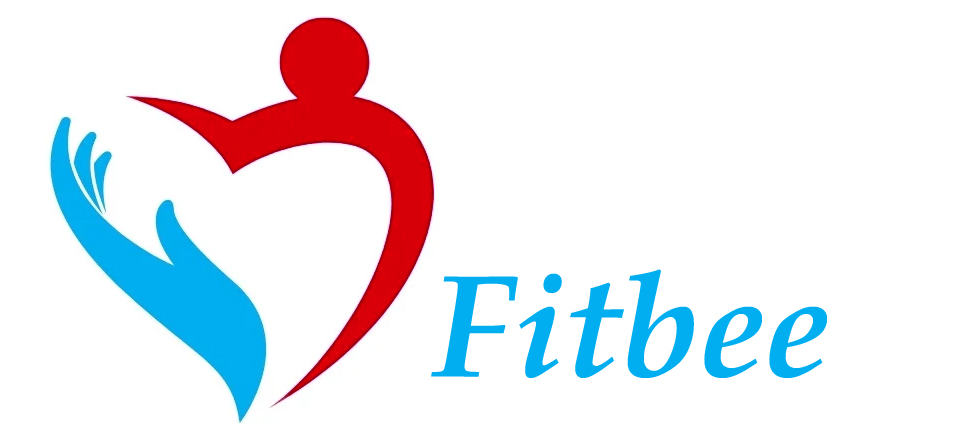Working environment culture is the aggregate character and climate of an association, molded by its qualities, standards, ways of behaving, and perspectives. A positive working environment culture encourages representative commitment, fulfillment, and efficiency, adding to hierarchical achievement and worker prosperity. This exhaustive aide investigates the essentials of working environment culture, methodologies for developing a positive culture, and the effect of areas of strength for an on hierarchical exhibition.

Understanding Work environment Culture
Working environment culture incorporates the convictions, ways of behaving, and collaborations that characterize the workplace inside an association. It reflects how representatives see their work insight, associations with partners, initiative style, and arrangement with authoritative qualities. A solid work environment culture advances a feeling of having a place, energizes coordinated effort, and impacts representative inspiration and execution.
Significance of Working environment Culture
1. Employee Commitment and Retention
A positive working environment culture improves worker commitment by cultivating a feeling of direction, inspiration, and obligation to hierarchical objectives. Connected with representatives are bound to contribute imaginative thoughts, team up actually, and stay faithful to the association.
2. Organizational Character and Values
Work environment culture characterizes the association’s personality and values, directing dynamic cycles, vital drives, and everyday activities. A strong culture adjusts representative ways of behaving to hierarchical objectives, advancing consistency and lucidity in accomplishing shared targets.
3. Employee Prosperity and Satisfaction
A strong and comprehensive work environment culture focuses on representative prosperity, psychological wellness, and balance between fun and serious activities. By advancing a positive workplace, associations decrease pressure, upgrade work fulfillment, and further develop generally speaking representative resolve.
4. Attracting Ability and Reputation
A solid work environment culture fills in as an upper hand in drawing in top ability and improving the association’s standing as a business of decision. Positive verbal exchange proposals from current representatives add to a positive boss brand and enrollment achievement.
5. Performance and Productivity
Developing a culture of trust, joint effort, and responsibility drives execution greatness and efficiency acquires inside the association. Representatives are spurred to accomplish elevated requirements of execution when upheld by a positive work culture that values acknowledgment and nonstop improvement.

Techniques for Building a Positive Work environment Culture
1. Define Basic beliefs and Mission
Lay out clear basic beliefs and a convincing statement of purpose that mirror the association’s motivation, vision, and moral standards. Convey these qualities without fail to workers, supporting their significance in directing navigation and conduct.
2. Lead by Example
Administration assumes a urgent part in forming work environment culture through activities, choices, and correspondence. Pioneers ought to epitomize wanted ways of behaving, exhibit honesty, and maintain hierarchical qualities to motivate trust and regard among representatives.
3. Encourage Open Communication
Advance open correspondence channels that energize input, straightforwardness, and helpful discourse across all levels of the association. Set out open doors for workers to voice their viewpoints, share thoughts, and add to dynamic cycles.
4. Foster Coordinated effort and Teamwork
Establish a cooperative workplace where collaboration, participation, and shared help are esteemed. Encourage get utilitarian joint effort through shared objectives, project groups, and cooperative drives that advance development and information sharing.
5. Recognize and Prize Success
Praise accomplishments, achievements, and commitments that line up with hierarchical qualities and objectives. Execute acknowledgment programs, grants services, and motivations to recognize representative endeavors and support a culture of appreciation and greatness.

Establishing a Strong Workplace
1. Promote Work-life Balance
Empower balance between fun and serious activities by offering adaptable work plans, health projects, and drives that help representative prosperity. Regard limits among work and individual life to forestall burnout and advance by and large wellbeing.
2. Invest in Worker Development
Put resources into proficient improvement open doors, preparing projects, and mentorship drives that enable workers to develop, master new abilities, and advance their professions inside the association. Support constant learning and profession movement to encourage work fulfillment and maintenance.
3. Embrace Variety and Inclusion
Advance variety and consideration drives that celebrate contrasts, regard individual points of view, and make a feeling of having a place for all representatives. Encourage a culture of value and reasonableness by tending to inclination, advancing equivalent open doors, and embracing social variety.
4. Cultivate Trust and Accountability
Construct trust among workers by advancing straightforwardness in direction, regarding responsibilities, and considering people responsible for their activities and results. Energize independence and strengthening while at the same time giving clear assumptions and backing to progress.
5. Adaptability and Resilience
Advance versatility and strength inside the association by embracing change, encouraging development, and gaining from difficulties and misfortunes. Empower a development outlook that values nonstop improvement and nimbleness in light of developing business needs.

Estimating and Supporting Work environment Culture
1. Employee Criticism and Surveys
Assemble criticism from representatives through studies, center gatherings, and one-on-one conversations to evaluate impression of work environment culture, distinguish qualities, and regions for development. Use information driven bits of knowledge to illuminate culture-building drives and key choices.
2. Monitor Authoritative Health
Screen key marks of authoritative wellbeing, including representative commitment levels, turnover rates, non-attendance, and execution measurements. Track progress toward culture-related objectives and change techniques depending on the situation to support a positive workplace.
3. Continuous Improvement
Focus on constant improvement by assessing the viability of culture-building endeavors, adjusting to changing requirements and needs, and utilizing triumphs to support positive ways of behaving and results.
Challenges in Building Working environment Culture
1. Resistance to Change
Address protection from social change by encouraging open exchange, imparting the advantages of social drives, and including representatives in the change cycle through support and criticism.
2. Maintaining Consistency
Guarantee consistency in advancing wanted ways of behaving, values, and standards across various divisions, areas, and levels of the association. Lay out clear assumptions and responsibility systems to maintain social norms.
3. Addressing Social Misalignment
Address social misalignment or disparities between expressed values and genuine ways of behaving by advancing straightforwardness, tending to social vulnerable sides, and building up arrangement with hierarchical objectives and moral norms.

Future Patterns in Working environment Culture
1. Remote and Half breed Work Environments
Adjust work environment culture procedures to help remote and half and half workplaces, utilizing innovation for virtual cooperation, correspondence, and culture-building drives.
2. Emphasis on Prosperity and Mental Health
Coordinate prosperity and emotional well-being drives into work environment culture, focusing on representative health, strength, and backing for work-life joining.
3. Data-driven Experiences and Analytics
Use information driven experiences and examination to gauge the effect of work environment culture on authoritative execution, representative commitment, and maintenance. Influence innovation for prescient examination and constant criticism on culture-related measurements.

